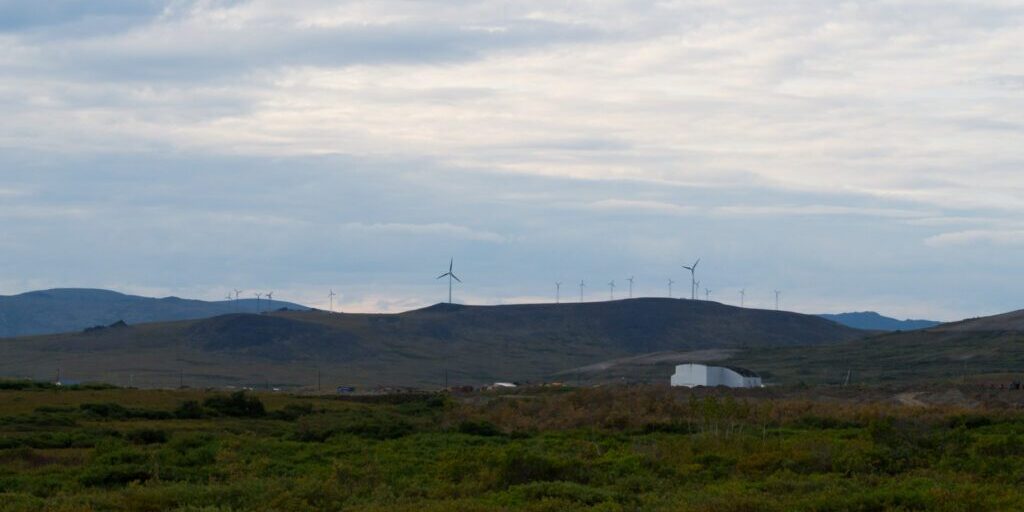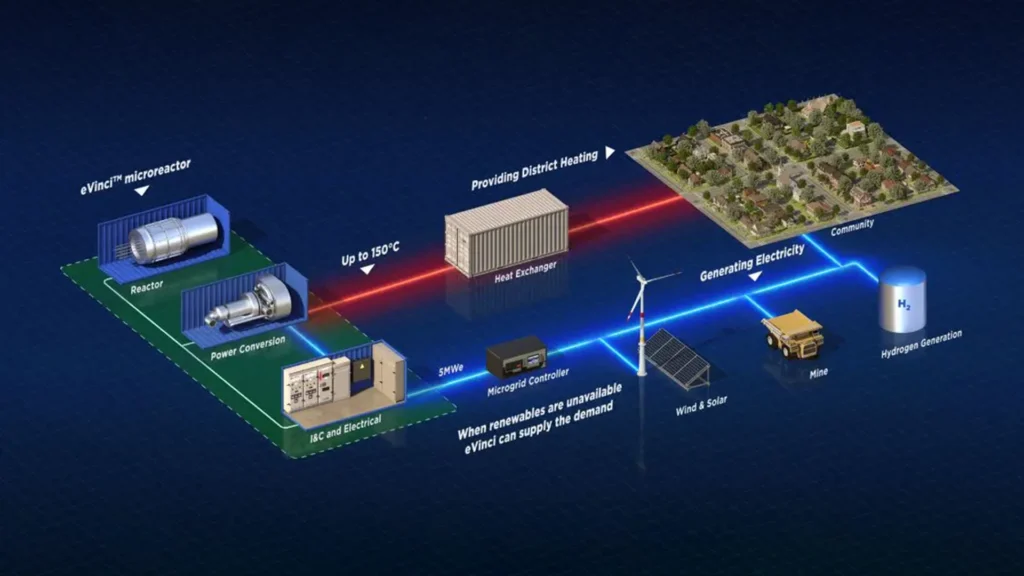Energy costs are rising and state and federal budgets are overstretched, putting pressure on communities in rural Alaska to meet their long-term energy needs. That’s why the U.S. Department of Energy (DOE) Office of Indian Energy sponsored a project development workshop in Nome last week—the first of its kind in western Alaska.
Representatives from Golovin, Solomon, Teller, Elim, Koyuk and Nome joined state and federal energy authorities to discuss possibilities for developing renewable energy—like solar or wind power—in their villages. DOE hopes to be a resource for local leaders, in a region where funding, a harsh environment and human capacity has previously limited project development.
“Our hope is that for the villages that were in attendance that haven’t really started, that the first thing they do is start working on a strategic energy plan,” said Pilar Thomas, deputy director of DOE’s Office of Indian Energy. “Our hope is that what they take back is: Here are some things we learned, we know we need to do some projects, we know we need to do something. Let’s start with an energy plan. Let’s call DOE and ask them for help, and we’ll get started that way.”
Village attendees agreed that developing renewable energy is a priority, but vocalized concern about implementation.
Georgianne Anasogak is an IRA representative in Koyuk. She’s taking a lot of useful information away from the workshop, but said it’s a big responsibility to jumpstart a project in Koyuk.
“I have a better understanding of what we can do locally, what obstacles we’re going to face not only locally but regionally—even state—and then to top it off, at the federal level, because a lot of our projects are federally funded,” said Anasogak.
Renewable energy projects can be expensive and difficult to coordinate. While developing a project, all stakeholders need to be considered—landowners, developers, and those who will use the energy. Anasogak hopes others in Koyuk will be receptive to planning for the future.
“We have to think: what is best for our people?” said Anasogak. “We have to think about longterm goals. What is best for my children? My grandchildren? My great-grandchildren? Yours, too, eventually.”
Thomas said the first step should be an energy assessment—finding out what energy usage looks like in each community—then deciding what type of project would be a good fit. In addition to federal and state grants, which are becoming hard to secure, DOE wants to help communities find private investors to fund new projects.







